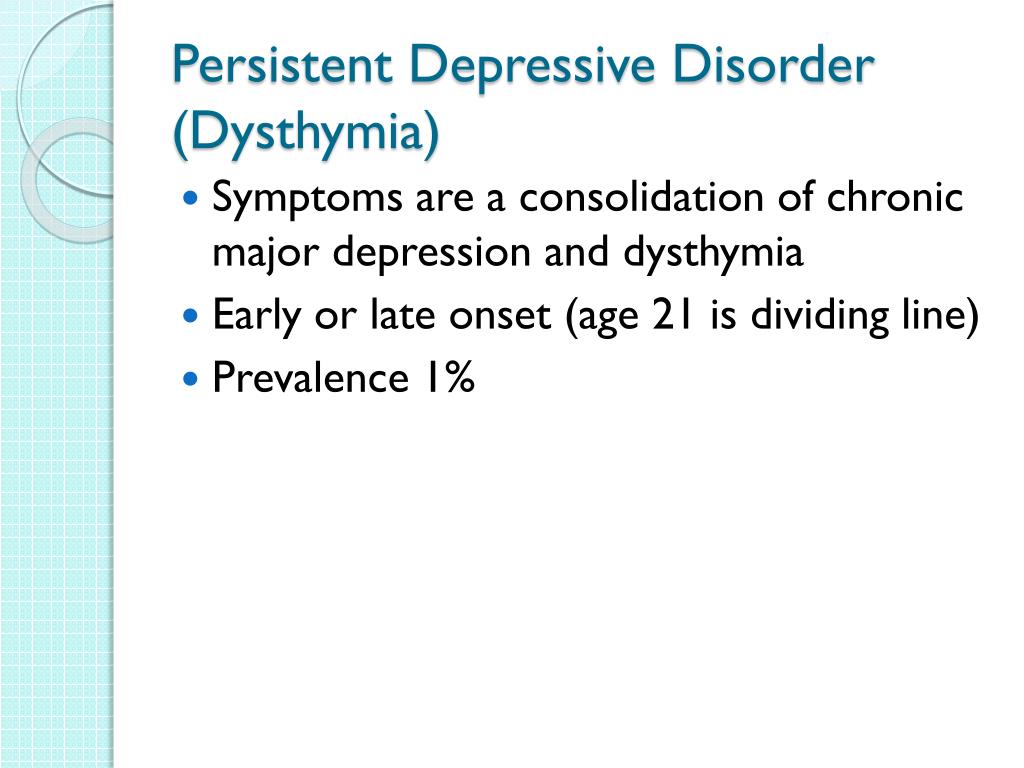
A caring and nonjudgmental tone is critical to allay patient fears of the stigma of depression. Quiet listening and empathy are important approaches physicians can use with patients. Again in major depression, the more common complaint is anhedonia and not depressed mood. Approaches to Interviewing Patients with Suspected Depressionĭepressed patients may feel so helpless, hopeless, indecisive, or lacking in energy that physicians may need to take a more active role to engage the patient or to show their interest or concern. These patients respond less to tricyclic antidepressants. Depressed patients with atypical features must experience mood reactivity as well as two of the following: leaden paralysis (enormous effort to walk or exert) hypersomnia rejection hypersensitivity (even when the patient is not acutely depressed) overeating or weight gain. Patients with atypical features have milder depressed symptoms. These patients should be sent for hospitalization immediately and should be under the care of a psychiatrist. Depressed patients with melancholic features have the best response to pharmacotherapy.ĭepressed patients that have psychotic features such as hallucinations and delusions are at very high risk for suicide even if they deny suicidal ideation. Depressed patients with melancholia must have three of the following symptoms: diurnal variation (depression worse in the morning) pervasive and irremediable depressed mood marked psychomotor retardation or agitation significant weight loss or anorexia excessive or inappropriate guilt and early morning awakening. Patients with melancholic features will report nearly total anhedonia.

The episode is not attributable to physiological effects of a substance or to another medical condition.Symptoms cause clinically significant distress or impairment in social, occupational or other important areas of function. Recurrent thoughts of death, recurrent suicidal ideation without a specific plan, or a suicide attempt or specific plan for committing suicideī.Diminished ability to think or concentrate or indecisiveness.Feelings of worthlessness or excessive or inappropriate guilt.Psychomotor retardation or agitation (observed by others).Significant weight loss or weight gain when not dieting, or change in appetite.Marked diminished interest or pleasure in all, or almost all, activities.feels sad, empty, hopeless) or observation by others (alternatively can be irritable mood in children and adolescents) Depressed mood most of the day nearly every day, either by patient report (e.g.At least one of the symptoms must be either (1) depressed mood or (2) loss of interest or pleasure:


If depressed mood or loss of interest or pleasure persists for more than at least a two-week period, consider the diagnosis of major depressive episode.

Summary of DSM-5 Criteria for Major Depressive Episode It is critical to remember that a diagnosis of Major Depressive Disorder requires impairment of social, occupational, or other important areas of functioning, ruling out normal bereavement, bipolar disorder, and a physical disorder, medication, or other drug as the biological cause of the depressive symptoms. A PHQ-9 score of >10 had a sensitivity of 88% and specificity of 88% for major depression in a primary care setting in which the tool was validated. The diagnosis of depression can be made by applying the DSM-5 Criteria for Major Depressive Episode.


 0 kommentar(er)
0 kommentar(er)
